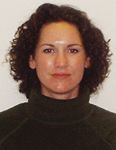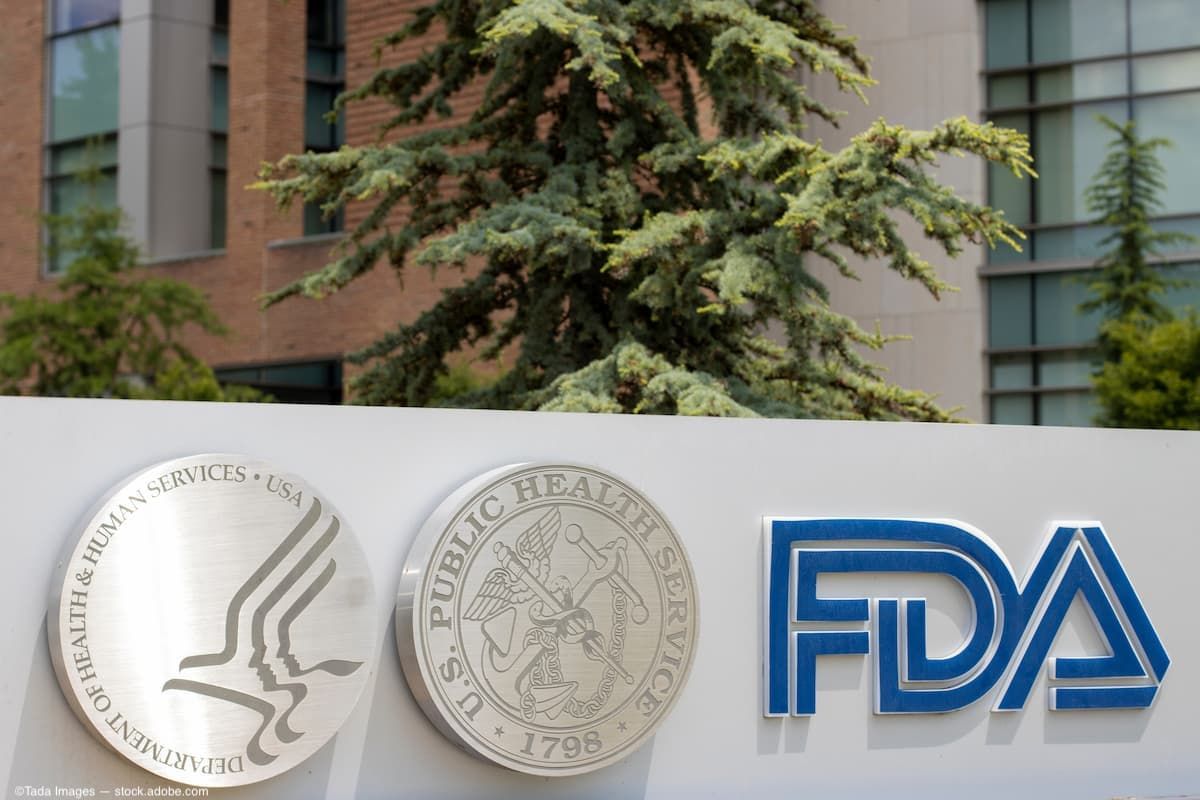Article
The prescription for recovery in New Orleans includes you
New Orleans has long been a favorite venue for the American Academy of Ophthalmology's annual meeting. So watching the reports and images coming from New Orleans hit particularly close to home. Hurricane Katrina hit just 10 months after our annual meeting in 2004, while memories of soaking up its rich cultural heritage, partying in the French Quarter, and eating in its famed restaurants were still fresh. Squaring these fond memories with the images on TV was heartbreaking.

The devastation inspired people the world over to ask what they could do to help. Now that the city is well on its way to recovery, the answer is clear: Come to New Orleans. What we can do to help is to hop on a plane and go see them. Eat in their world-class restaurants, stay in their hotels, and enjoy their Southern hospitality.
Most of New Orleans' tourist destinations escaped serious damage. And most of the hotels the academy used in 2004 have been refurbished and reopened for some time already. You will also find the places you have always enjoyed still intact and as rich and welcoming as ever: the Faubourg Marigny, French Quarter, Central Business District, Warehouse and Arts District, Magazine Street, Garden District, Audubon Park and Zoo, and St. Charles Avenue. With all that has been accomplished in the past year, it's no surprise that The New York Times recently named New Orleans the "Comeback of the Year."
The return of the local hospitality industry is fundamental to New Orleans' recovery. The tourism industry is the largest employer in the metro area and the second-largest in the state. According to the New Orleans Metropolitan Convention & Visitors Bureau, the industry is responsible for $210 million, or 35%, of the city's operating budget and generates $5 billion in visitor spending.
The rebound in travelers to New Orleans is one of the encouraging signs of recovery. Rebuilding New Orleans' medical care delivery system, especially for the area's poor, will take more time.
Amber Howell, executive director of the New Orleans Academy of Ophthalmology, estimates that at least 15 of her members have left the area. Many of New Orleans' ophthalmologists literally lost everything. One reported finding nothing of his practice after the storm but a pile of cinderblocks.
"This part of our recovery will take longer," said Howell. "It's different now, a lot of physicians in teaching have moved on." With three medical schools and Charity Hospital, New Orleans was a unique place for physicians. Thousands of physicians were trained at Charity, a main provider of care to the area's poor, and most of them settled in Louisiana. Before the hurricane, Charity was training 550 new medical residents and fellows in all medical specialties. But even here there are promising developments. The Veterans Administration has reserved an additional $400 million for a new VA Hospital in New Orleans, and invited Charity Hospital into a future partnership. It's reportedly a $1 billion proposal that promises a bright, new future for medicine in New Orleans.
Despite the devastation, many ophthalmologists have cobbled together what they could and are practicing, continuing to provide the same high standard of medical care.
"They're in it for the long haul," said Howell. And so is the academy.
The academy decided early on that it would not abandon this great city. In late 2005, the board of trustees affirmed that the 2007 annual meeting would indeed take place in New Orleans. So, when you enter the Morial Convention Center in 2007, you will be a part of the world's top ophthalmic meeting just as in years past. But you will also be a part of something just as important and historic: the rebirth of New Orleans.
Susanne Medeiros is Editor, Communications Department, American Academy of Ophthalmology, San Francisco.
Newsletter
Don’t miss out—get Ophthalmology Times updates on the latest clinical advancements and expert interviews, straight to your inbox.




